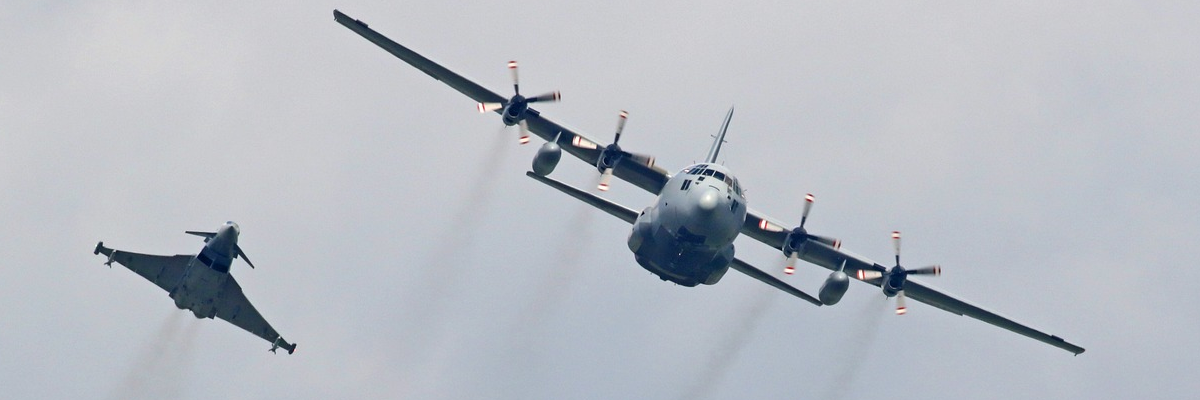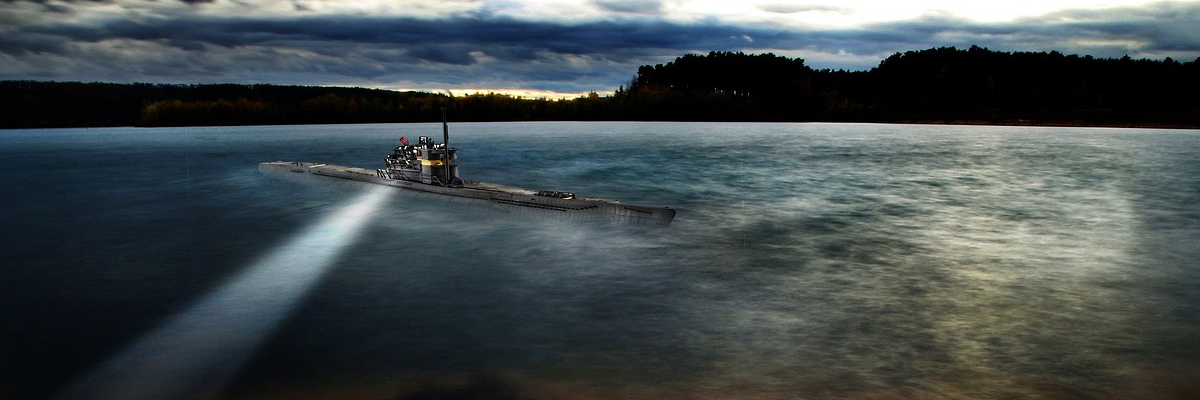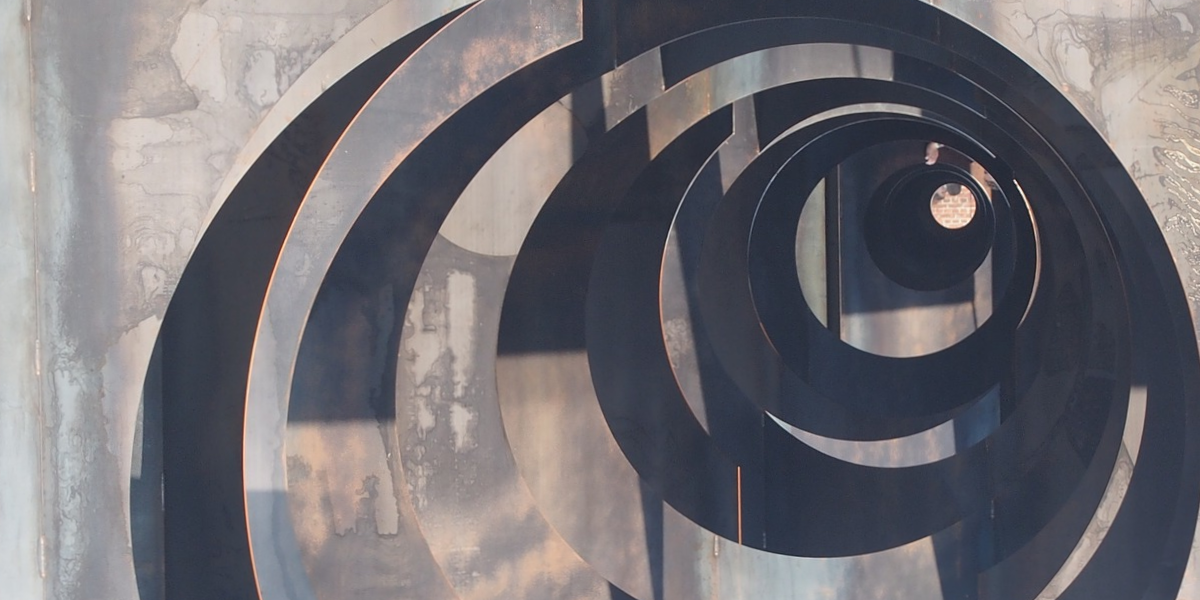Initially asked about the very nature of intelligence, he states: “Intelligence is something factual. We don't judge emotions; we're certainly not there to say whether something is good or bad! Our role is to gather facts and give decision-makers the facts. Then, it’s up to the decision-maker to decide, based on policy, which direction to go.”
Q: Does the responsibility fall on the politician or on the intelligence services?
Alain Juillet : When it comes to political strategy, it falls on the politician, but if the information is false, the intelligence service is indeed responsible - they have to remain factual. If they start interpreting, then mistakes are made. They say, “here is the reality of what we see”. Then everyone does what they want with it; the politician makes the final decision.
Regarding UAPs [Unidentified Anomalous Phenomena], Mr. Juillet declares:
“What is terrible about unidentified objects, flying or otherwise, is that these are systems against which our armies are incapable of responding. We are faced with something we do not control - and that’s very serious because it means that since we do not master them, if they decided to attack, they could cut through us like butter. So, this poses an enormous problem in terms of national security in every country.”
“Right after the Second World War, we would regularly receive information on unidentified craft and objects, but at the time, we would say - and that’s always been the case - “that’s odd”; but maybe these were witnesses who were hallucinating. Nevertheless, even back then, there were still questions. When very serious people - particularly from the military and from the air force - told you “I saw this, it was next to my craft”, we wondered, “Still, these people aren’t crazy, they’re serious, what could it have been?” But, presumably, there were no issues, so we let it go.”
“What has been happening for the past 20 years is that our measurement systems, our identification systems and our tracking systems have developed considerably with modern means, and so we have more and more identified and verified cases. Today, we have more and more cases where we say “yes, something indeed happened, and these are the pieces of information we could gather on it”. So, that poses real problems when a politician asks a general “so, facing this, what do you do?” and the latter says “There’s nothing I can do; I have no way to prevent this.”

Regarding the alleged balloons that were shot down last February by the U.S Air Force, Alain Juillet notes that the United States took the decision to shoot at objects without having formally identified them and did so breaking the prohibition of shooting down objects at altitudes over 30 km. Moreover, no comments were made by the American authorities concerning the recovery of possible debris. He adds:
“If these were Chinese spy balloons, they would have immediately released the information saying “see, these are Chinese spying balloons; they had all equipment to film”, but they didn’t say anything like that. This proves that in the end, these balloons were not for spying. Were they meteorological balloons as the Chinese said? It’s possible - strange, but possible. Is it something else? We don’t know.”
“All the major countries in the world have spotted unidentified objects; in some cases, we observe crafts with flight characteristics that are completely different from anything we know.”
According to Alain Juillet, the most interesting characteristic these objects demonstrate is not zigzag flying, but their ability to enter “into the water without slowing down; they continue underwater then they come back out. We have a large number of testimonies on unidentified submerged objects, craft that move under the water at absolutely incredible speeds. In the observations of such craft, we have noticed that when they come out of the water, there is no trace of water, they are as if within a bubble.”
“It somewhat reminds us of the Russians, who have a high-speed torpedo that works like that; it creates a sort of plasma bubble around the torpedo, which means it no longer travels through water, but through a bubble that isn’t water, but plasma. They are the only ones who know how to do that currently - and this torpedo is formidable, but what we’re discussing here is much faster. We have testimonies, and we know that there’s no country capable of doing this today.”
Regarding observations of such objects by American NAVY forces, he adds: “They don’t talk about it even though we know that they’ve detected UAPs at extreme speed underwater - supposedly, they have a number of very interesting testimonies; but they don’t talk about it. We have underwater listening systems to monitor other countries’ nuclear submarines, which means today, everything that happens is monitored. They have the means to detect anything, hence they evidently have information on this, but we don’t talk about it - and here, we come back to the issue of secrecy: since they don’t know what it is, they don’t want to scare people. It’s true that if we told people: “There are craft crossing the sea, we don’t know where they come from or where they’re going; perhaps there’s something else on Earth besides us”, people would panic; so it’s better to say nothing.”

The former French intelligence officer then touches on a theory that has been frequently mentioned: the information that has been leaking from the United States for about a decade might be a way of preparing public opinion. “Once people are prepared, why would they worry? People will then ask, “But what are these?” Anything is possible, but that’s a different story. As far as intelligence services are concerned, only facts matter; an intelligence service will not tell you “it comes from another world, it comes from elsewhere”; it will say: “Here is what we are observing today.”
Alain Juillet then addresses a controversial topic: the potential recovery of unidentified crafts by the OGA, a CIA office specialized in covert operations. “These crashed crafts, either they had a failure or were destroyed, or they touched down on land at some point. If there are pieces somewhere, one must go and recover them, but all services in the world are interested in the recovery of these pieces, for several reasons.
Firstly, because looking at these pieces, we would be able to see which alloys are being used; given their flight path and behavior, it is very likely that they have solved the gravity problem, so there would be alloys that prevent the effect of gravity.”
“If you recover pieces of crafts, it allows you to study the alloy, and maybe discover that perhaps these alloys can be made with minerals that exist on Earth - or perhaps also that these are alloys with things we do not know. According to recent whistleblower testimony before the American Congress, it seems the United States might have recovered pieces, maybe even an entire craft, in Italy, after the war.”
“If they are doing it, I think the Chinese are doing the same, and the Russians must be doing the same as well. The Chinese have recognized it: they have a bureau working on this; the Russians themselves spoke about it a few years ago, saying “yes, we are working on this”, because, on the industrial and technological level, that would allow for interesting advancements, maybe to get the beginning of an understanding of how it works. Needless to say, for defense industry players, this is very, very interesting.”
When asked about the existence of a similar recovery program in France, Alain Juillet declares not to be aware of anything along those lines.

When prompted to comment on the words of retired Admiral Tim Gallaudet, Alain Juillet describes them as a good summary of the situation, given the known facts. Gallaudet’s words:
“We’re being visited by non-human intelligence with technology we really don’t understand and with intentions we don’t understand either.”
Reflecting on a statement by former U.S. Secretary of Defense Christopher Miller, disappointed not to have been briefed on UAPs, Alain Juillet offers an explanation: the technological potential of such a military platform would indeed require the highest level of secrecy. And the more people are briefed on a secret, the more risk there is of a leak. He then cites the development of American stealth fighters that were kept in the highest secrecy during their first ten years.
Asked about possible reactions of American politicians during an election year, in the face of the public demanding answers on the subject of UFOs, Alain Juillet states that they might take the lead and release information, adding that “Professionals will look at what can be said, what will pose the least problems for the future.” He wonders if the slow and fragmented reveal we have seen lately might not precisely aim to reduce public pressure.
Regarding a potential UAP arms race taking place between the major nations, Alain Juillet confirms: “Yes, that’s why everyone wants to recover pieces to see the alloys. Every country is looking for a disruptive weapon, one the others cannot stop. A country capable of building a UAP would have a tremendous advantage, as it would render all other aerial means obsolete. The hundreds of fighter jets that the major countries have - bombers, fighter planes - would be useless; it would be colossal, a revolution.”
On the subject of the space conquest ambitions displayed by the greats and the general rearmament underway, Alain Juillet states : “Today, all the great nations, including France, have tracking systems that allow following every satellite, every launch, and we monitor them to the exact hundred meters or the kilometer. We monitor everything; all the debris and materials floating around us are known. We have extraordinary knowledge of what happens in Space - which also poses a problem, because under these conditions, how is it that we do not detect crafts, UAPs that could pass by there? Ratcliffe spoke about it a little, but nobody showed images or informed of measures on UAPs that would have been taken in Space. And yet, there must be, necessarily, there are, since we see them on the ground, we see them at high altitudes; there’s no reason we wouldn’t see them in space. That’s yet another problem upon which there’s still much to be said.”
Full interview in French :
Main picture: Image by Mario Schildermans from Pixabay.

